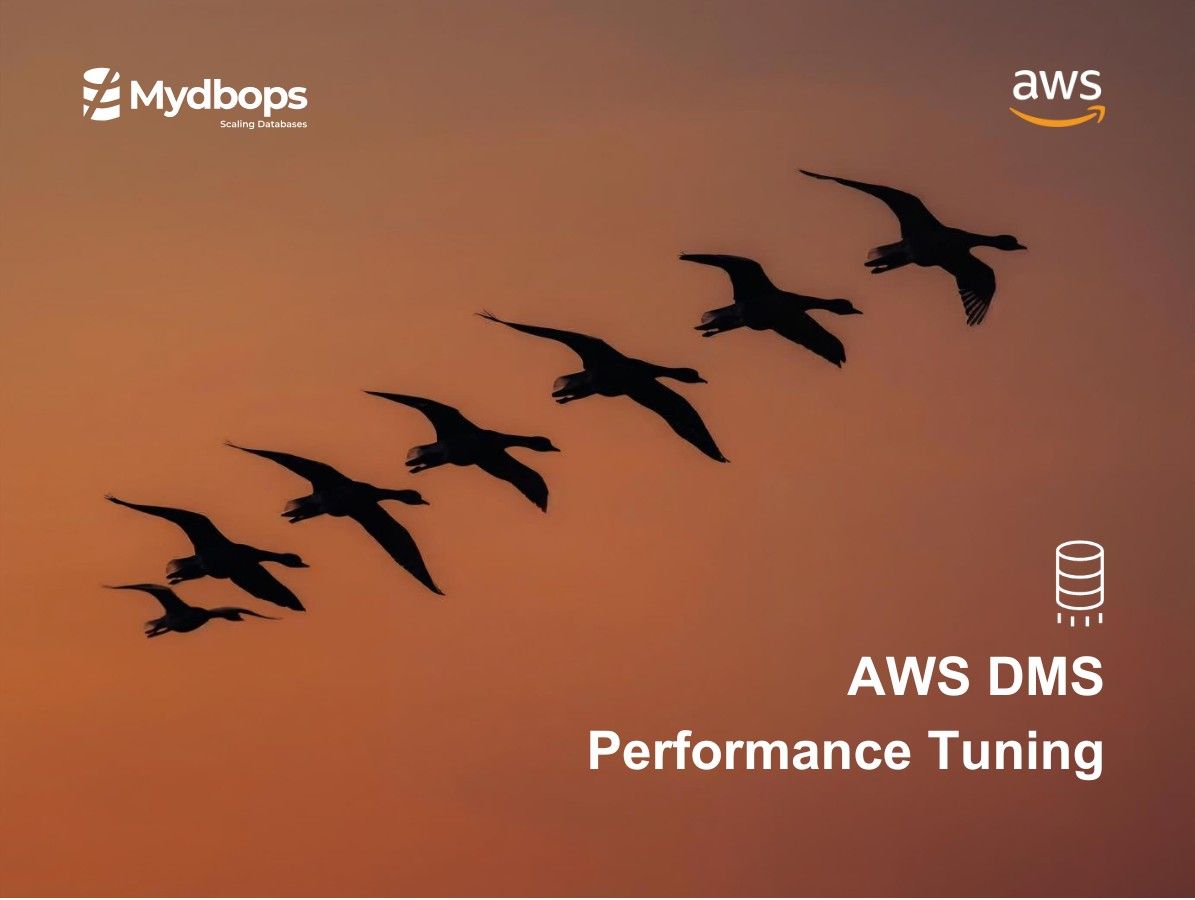

Mydbops is deeply committed to giving back to the open-source community that continues to drive innovation in the database world. As part of our continued efforts, we regularly host MyWebinar Editions — educational, deeply technical sessions led by industry experts.
Last week, we hosted a knowledge-packed edition on a topic that resonates with every MongoDB practitioner — “10 MongoDB Anti-Patterns That Cost You Millions and How to Fix Them.” The session was presented by Manosh Malai, our CTO and a MongoDB User Group Leader (Bangalore), and focused on identifying performance bottlenecks, architectural missteps, and overlooked deployment practices that silently increase cloud bills and reduce operational efficiency.
Key Highlights from the Webinar
Schema Design Anti-Patterns
- No Schema ≠ No Rules: MongoDB offers flexibility, but unplanned schema design leads to inefficient queries and increased costs.
- Common Issues: Over-embedding, unbounded arrays, and document bloat.
- Fixes: Normalize large components, use field-level projections, and enforce schema reviews.

Query & Indexing Pitfalls
- Regex on Large Collections: Costly full collection scans when using unanchored regex.
- Missing Indexes: High cardinality fields like
user_idoremaillacking indexes can throttle performance. - Fixes: Profile queries, use compound indexes, avoid indexing every field blindly.

Operational Oversights in the Cloud
- WiredTiger Misconfigurations: Ignoring cache behavior or over-compressing can spike latency.
- Atlas Defaults: Relying solely on automated optimization without regular review can lead to resource bloat.
- Fixes: Tune cache size, benchmark compression, and monitor metrics like eviction and IOPS.

Infrastructure & Deployment Gaps
- Poor AZ Planning: Spreading replica sets across high-latency zones increases replica lag.
- Wrong Instance Types: Using burstable (t3/t4) instances in production leads to CPU throttling.
- Fixes: Zone-aware deployments, dedicated compute instances, and combining ephemeral + persistent volumes.
Monitoring Blind Spots
- Lack of Infra Visibility: Focusing only on query profiler without tracking infra metrics can delay detection of critical issues.
- Fixes: Integrate MongoDB monitoring with Prometheus, Grafana, and Cloud-native observability tools.
MongoDB is incredibly powerful — but only when used with intention. Misconfigurations and design anti-patterns not only degrade performance but also silently inflate your cloud costs.
We’re glad this session gave participants actionable insights to:
- Improve schema design
- Reduce cloud bills
- Boost query performance
- Avoid production mishaps
Missed the Webinar?
Watch the full recording here.
Download resources
Stay Tuned
This was part of our ongoing MyWebinar Series. Stay connected with us on LinkedIn or subscribe to our newsletter to never miss a session.
Let’s keep growing together — for the open-source, by the open-source.
This webinar was designed to empower the community with best practices. If you’re facing similar MongoDB challenges and want hands-on help, our experts are here.


.avif)

.avif)








.svg)
